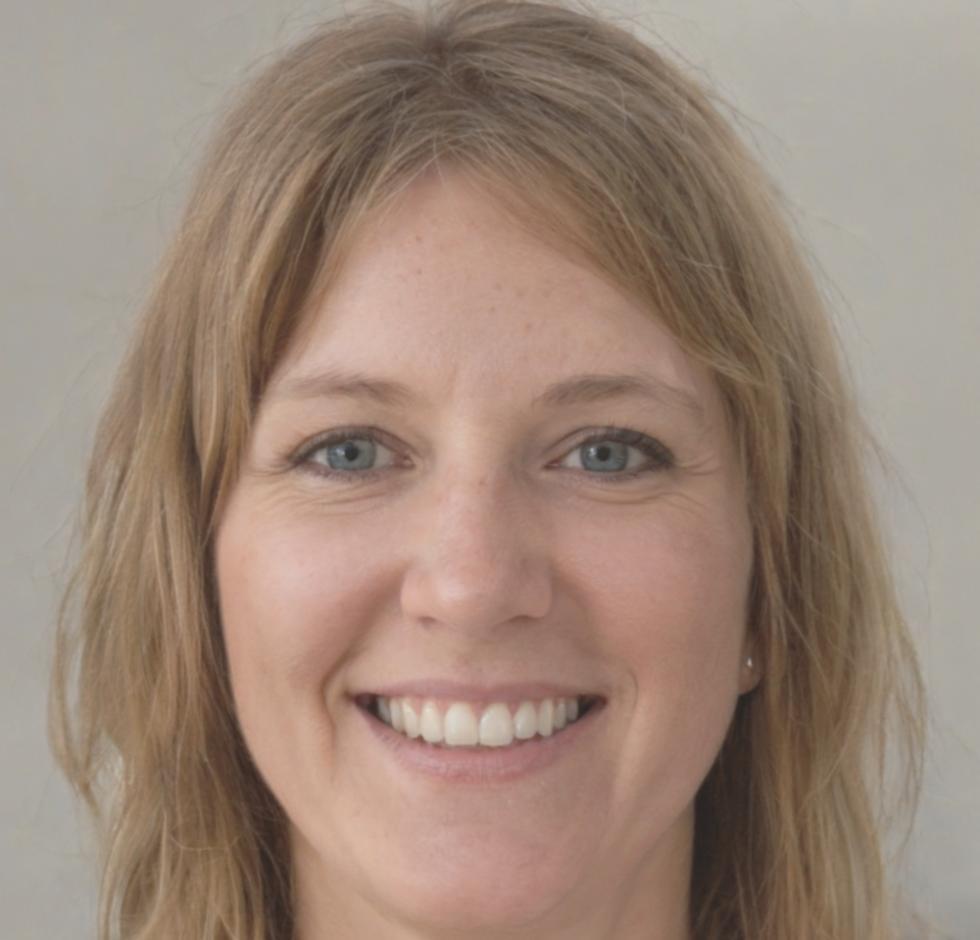Here's something that surprises most people: the technical part of investing with small capital isn't that complicated. You can learn the mechanics in a few weeks. What takes longer is understanding how your own psychology affects your decisions, and building the discipline to stick with proven strategies when things get boring or scary.
We start with the basics that matter. How compound growth actually works with real numbers. Why diversification isn't just a buzzword when you're working with limited funds. The difference between investment types and when each one makes sense for your situation.
Then we get into the practical stuff. Setting up accounts without getting overwhelmed by options. Making your first purchases when you're nervous about messing up. Creating a system for regular investing that doesn't require constant attention or stress.
And yeah, we talk about the uncomfortable parts too. What to do when your portfolio drops 15% in a month. How to spot common scams targeting new investors. When to ignore market news and when to actually pay attention. This isn't the exciting content that gets clicks on social media, but it's what keeps people from making expensive mistakes.
Ask About Fall 2025 Program

